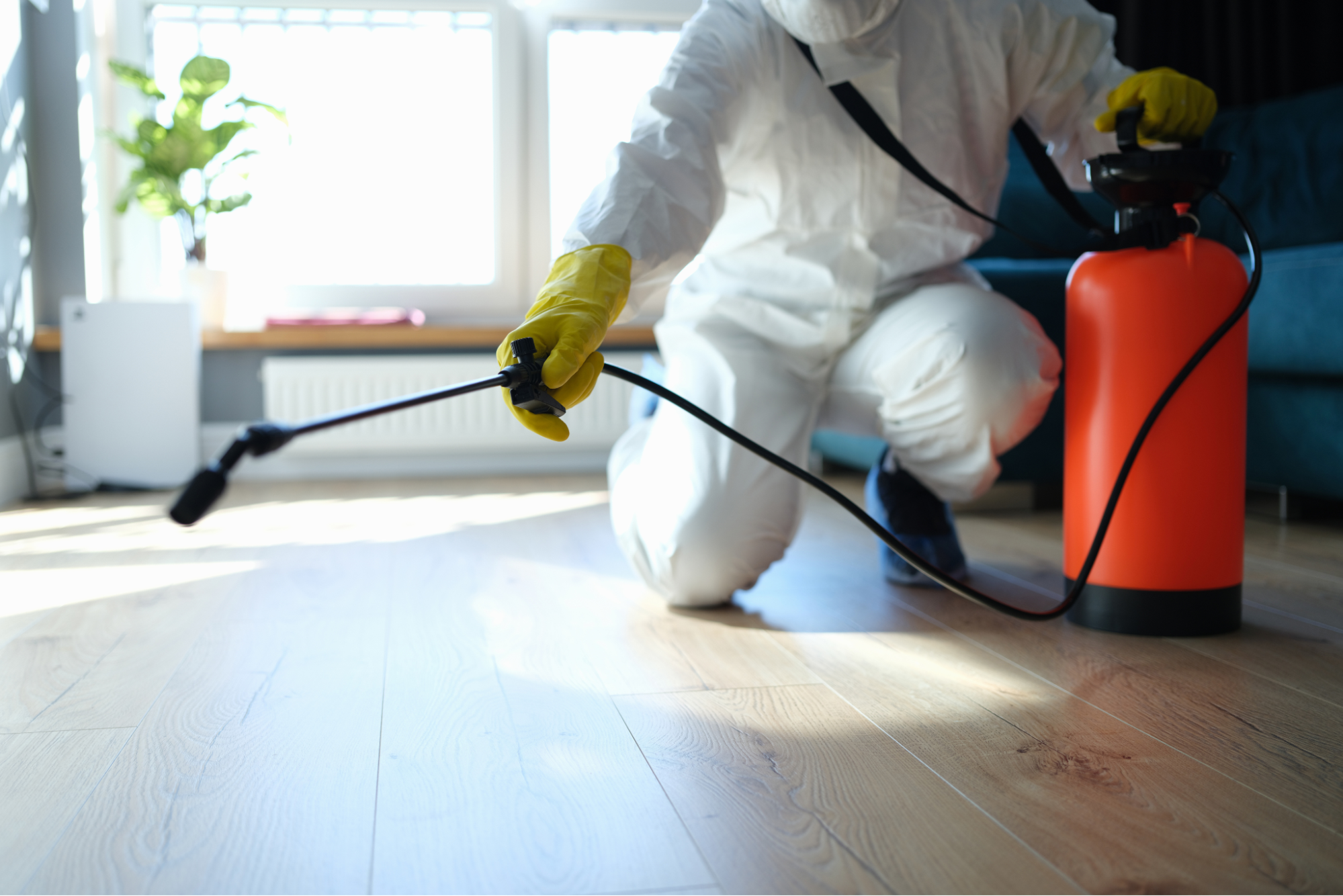Specialist A1 Charlotte Bed Bug Exterminator - High Quality Service Assured
Specialist A1 Charlotte Bed Bug Exterminator - High Quality Service Assured
Blog Article
Bed Bug Treatment Break Down: Contrasting Chemical Vs. Non-Chemical Solutions
In the realm of pest control, especially when taking care of the consistent problem of bed bugs, the option in between chemical and non-chemical therapy remedies can be a pivotal one. Both techniques use distinctive benefits and drawbacks, influencing elements such as performance, safety factors to consider, and total price. By analyzing the nuanced information of each approach, a clearer understanding of which path to seek in addressing a bed insect infestation can be acquired.
Efficiency of Chemical Therapies
Chemical treatments for bed bug infestations have been widely acknowledged for their potent and rapid effectiveness in removing these insects. When considering the performance of chemical therapies, it is important to recognize that they can offer a detailed and fast service to a bed insect issue.
Additionally, chemical therapies have the benefit of providing recurring impacts, implying that they can proceed to remove bed pests also after the first application. This residual activity is particularly valuable in combating any type of potential re-infestations. Additionally, the fast action of chemical treatments can bring relief to individuals encountering severe bed pest problems, allowing them to gain back control of their space rapidly.
Safety And Security Issues With Chemical Solutions
One important aspect that calls for mindful factor to consider when using chemical options for bed pest therapy is ensuring the safety of occupants and the setting. Exposure to certain chemicals made use of in bed insect therapies can lead to respiratory issues, skin irritation, or other damaging responses, particularly in people with pre-existing problems or level of sensitivities.
Moreover, the ecological impact of chemical services is one more considerable factor to consider. Some chemicals utilized in bed pest treatments may be harmful to beneficial insects, wildlife, and ecosystems if they leach right into the dirt or water systems. It is necessary to use chemical treatments deliberately, complying with safety and security guidelines, and taking into consideration less toxic choices to mitigate these risks and ensure the effective and safe administration of bed pest infestations.
Benefits of Non-Chemical Methods
Taking into consideration the potential safety issues and ecological influence related to chemical services for bed insect treatment, discovering non-chemical techniques provides a promising alternative with several unique advantages. Non-chemical methods use a more secure alternative for houses, particularly those with kids, pets, or individuals sensitive to harsh chemicals. These methods remove the threats of direct exposure to hazardous materials, lowering the potential for adverse wellness effects. In addition, non-chemical therapies are eco-friendly, as they do not add to air or water pollution, making them a lasting selection for insect control.
Additionally, non-chemical options can be effective in targeting bed pests, including hard-to-reach locations where chemical treatments might not permeate. Methods such as heat treatment, vacuuming, steam cleansing, and mattress encasements provide detailed elimination without using hazardous chemicals. Moreover, non-chemical techniques can be less disruptive, requiring marginal preparation and enabling quicker reentry right into treated locations. In general, opting for check out this site non-chemical bed bug therapy methods not only focuses on safety and security and environmental security yet also makes certain thorough and efficient parasite control.
Limitations of Non-Chemical Treatments

In addition, non-chemical treatments frequently need multiple applications to achieve effective eradication. This can be time-consuming and might not constantly assure complete elimination of all bed pests and their eggs, especially click this in covert or hard-to-reach locations.
Moreover, the success of non-chemical treatments heavily relies upon proper implementation and thoroughness, which can be testing for people without expert competence. Poor application of non-chemical methods might result in incomplete eradication, resulting in consistent problems and the need for extra therapies.
As a result, while non-chemical treatments have their benefits, it is crucial to acknowledge these limitations and consider them when figuring out the most efficient method for managing bed pest infestations.
Expense Contrast: Chemical Vs. Non-Chemical Options
Offered the restrictions associated with non-chemical treatments, an essential aspect to examine in the context of bed bug administration is the cost comparison in between chemical and non-chemical options. In contrast, non-chemical therapies like warmth therapy or heavy steam can be much more expensive, with expenses ranging from $1,000 to $6,000 for an entire home. While the first price of chemical therapies may seem reduced, numerous treatments may be called for to totally eliminate the problem, potentially boosting the general cost.
Conclusion

Considering the possible safety and security problems and environmental effect connected with chemical options for bed bug treatment, exploring non-chemical strategies presents an encouraging option with several distinctive advantages.Given the limitations connected with non-chemical therapies, a necessary facet to evaluate in the context of bed bug administration is the expense contrast in between chemical and non-chemical alternatives. In comparison, non-chemical therapies like heat treatment or steam can be much more costly, with prices varying from $1,000 to $6,000 for an entire Bonuses home. While the first cost of chemical treatments may appear lower, numerous treatments might be called for to fully eradicate the invasion, potentially enhancing the overall expense.In final thought, when comparing chemical and non-chemical bed pest therapy alternatives, it is important to consider effectiveness, safety, benefits, restrictions, and price.
Report this page